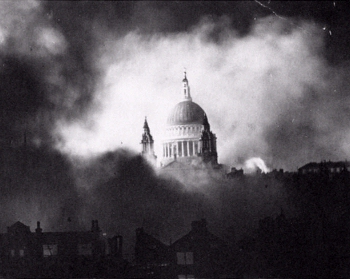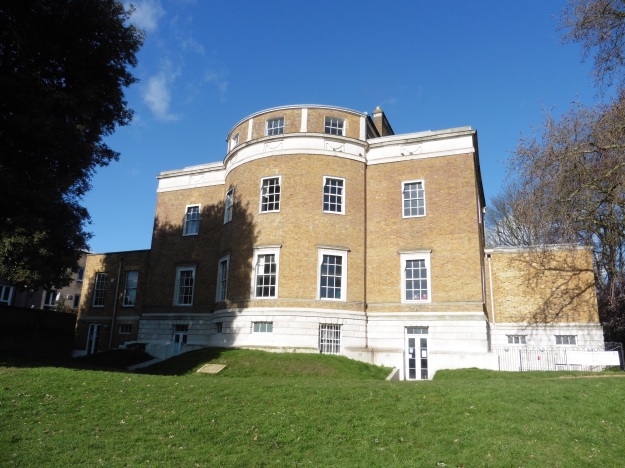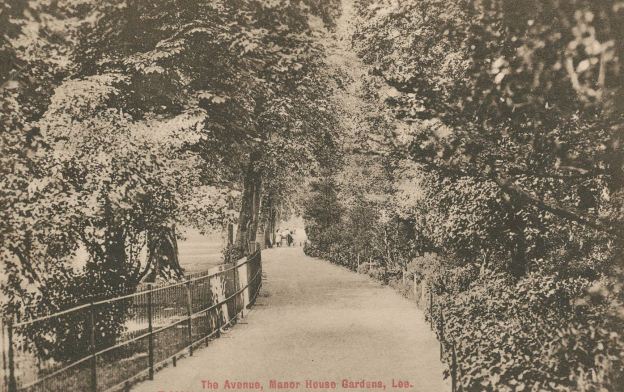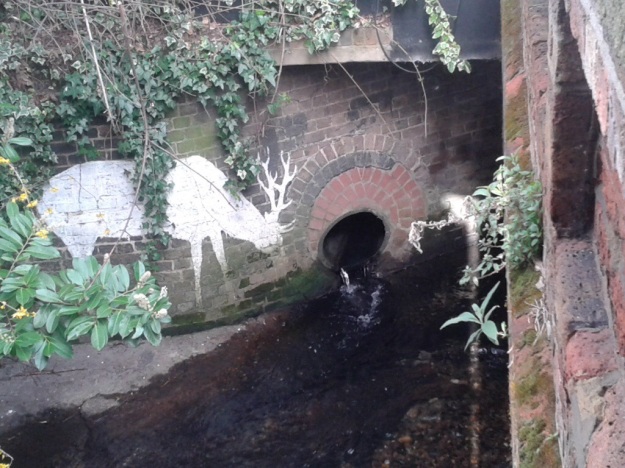Apologies if you’ve seen this before – the previous incarnation was partially deleted.
In the autumn of 2020, Running Past covered the attacks of the first night of the Blitz around Lee, Lewisham, Catford and Hither Green 80 years on. Over the next few months there were frequent attacks on the area – the worst night in the old Borough of Lewisham was probably the night of 8 to 9 December 1940. The Air Raid Precautions (ARP) Service Logs (an example of the log is shown below for 29 December 1940) noted for the night of 8-9 December
- 126 high explosive bombs dropped;
- 206 incendiary bombs – the number of both incendiary and high explosive bombs was almost certainly understated as the locations rather than numbers were often recorded;
- 176 fires started – no doubt stretching the Fire Brigade to beyond breaking point;
- 5 deaths; and
- 175 injured – this was almost certainly a big understatement as at many locations injuries were ticked rather than having numbers.
However, around Lee some of the worst nights were at the end of December 1940 in two posts we’ll look at the nights 27/28 and 29/30 December where there were two nights of very heavy bombing.

There had been two quiet nights on Christmas Day and Boxing Day 1940, it was the lull before the storm with the night of 27/28 December being one of the heaviest nights of the blitz in Lewisham.
While there were attacks earlier in evening in Brockley, the first attacks on Lee was a series of incendiary bombs which hit at 19:51; one was at 33 Burnt Ash Road – a large house demolished after the war in the large scale demolitions of houses at the end of leases by the Crown Estate. There was no note of damage, but in the LCC Bomb Damage map the house ended the war with general, not structural, blast damage (1).
The other was at Reeds of Lee Green, a long standing drapers and furnishers that dominated the south east quadrant of Lee Green, straddling both Burnt Ash Road and Eltham Road – it was around 50 metres from 33 Burnt Ash Road. There was no damage marked there on the LCC Bomb Damage maps (2).

The final one of trio was at 57 Leyland Road (opposite the present day Alanthus Close) which was dealt with by officers from Lee police station.
Soon after at 20:05, another incendiary bomb was dropped close by in Burnt Ash Road between Southbrook and Micheldever Roads – there was a small fire which was quickly put out though.

There were several attacks on just after 9:00 pm on the then new homes on Upwood Road, (above) 34 and 22 were specifically mentioned but a couple of other incendiaries were reported as well. A hundred metres of so away 73 Leyland Road was hit by another incendiary. The was another dropped on Leyland Road between Dorville and Osberton Road – presumably somewhere around the current Carsten Close. With all of these the fires seem to have been put out by ARP fire wardens.
At around 9:12 pm, 41 Dorville Road and 36 Cambridge Drive were hit by incendiaries – as with the others in neighbouring streets they were put out by ARP wardens who had a busy night. The latter is a large surviving Victorian house, the former lost to the large scale redevelopment of Crown Estate land in the 1960s, but will have looked similar to the very different street scene from a few decades before.

At around 9:40 at least five bombs were dropped around Aislibie Road. One was in Manor House Gardens, which was home to three air road shelters. Fortunately the high explosive bomb hit a shrubbery between the shelters with only limited damage. Had there been a direct hit the loss of life could have been considerable as happened at Albion Way in Lewisham town centre on 11 September 1940 where 41 died.
A hundred metres or so away, 14-20 Lampmead Road (between Aislibie and Lenham Roads) were hit. Presumably the impact was in the road as none of the houses was destroyed although the ARP log noted that walls on all of them were cracked. Numbers 18 and 20 have survived but 14 and 16 were destroyed by a V1 flying bomb later in the war – the circle on the map.

More serious damage was around the corner in Aislibie Road with number 50 being hit directly and largely demolished and the houses either side rendered uninhabitable. The shading on the LCC bomb damage maps is incorrect here – the Ordnance Survey map of 1949 notes ‘ruins.’
Another bomb hit a few doors up, damaging 38 Aislibie Road- it wasn’t one of the houses destroyed during the war and was marked as blast damage – minor in nature on the LCC bomb damage maps. (3). If there was any serious damage it may have been made good by the end of the war.
In the same attack there was serious damage to the odd side of the road too, 17 to 23 had their chimney stacks knocked of; but 25 to 29 were left in ruins. The site had been cleared by the time the Ordnanace Survey cartographers mapped the area in 1949, but unlike similar small sites, such as Fernbrook Road, wasn’t used for prefabs. Again there were no reports on casualties here.

At around 9:45 there were at least four high explosive bombs dropped in the area around Winn Road area between Guibal Road and Senlac Raod. The one at 87 Guibal Road failed to explode and the houshold had to be evacuated temporarily while it was made safe. The one at 105 Guibal damaged water, gas and electricity services, with the others not seeming to do much damage other than to gardens.
At 9:55 another high explosive bomb was reported as hitting Manor Lane – 50 was described as being ‘demolished’ and 48 and 52 rendered uninhabitable. Unless these were rebuilt in in exactly the same style as the W J Scudamore originals, it may be that the report was overstated. While there has clearly been some patching of walls, original features seem to remain.

Around 10:00 pm a small explosive bomb hit the old St Margaret’s Churchyard (pictured above) leaving a small crater and several damaged tombstones. A few minutes later there were a couple of incendiary bombs dropped on Lee High Road close to the current Mercator estate – an area that was to be devastated later in the war.
Overall, that night in the old Borough of Lewisham
- 97 high explosive were dropped;
- 112 incendiary bombs fell;
- 91 fires were started;
- 3 died;
- 12 were injured, this is almost certainly an understatement as some just ticked the box rather than entering a number; and
- 12 were trapped by debris having to be rescued by emergency services.
It wasn’t just Lewisham that was attacked that night, The Times for the following day noted that ‘the raid equaled in intensity, but not duration, some of the heaviest attacks on the capital….from widespread areas came the same report of enemy aircraft flying over almost continuously dropping incendiaries followed by high explosive bombs.’ (4)
Whilst the following night seems to have seen another lull with defence guns silent (5), the Sunday evening of 29/30 saw the bombers return with in what was described in central London as the Second Great Fire of London but also saw numerous bombs dropped on Lee; we’ll return to this is the second part of the post.
Notes
- Laurence Ward (2015) The London County Council Bomb Damage Maps 1939-1945 p116
- ibid p116
- ibid p185
- The Times Saturday December 28 1940
- The Times Monday December 30 1940
Credits
- Most of the information for this post comes from the Lewisham ARP Log – it is a fascinating document, which is part of the collection of Lewisham Archives. It isn’t a complete record – some incidents were reported to the Fire Brigade rather than the APR and some incendiaries were dealt with by residents or Fire Wardens without ever reaching the ARP service – this is particularly the case on busy nights such as this.
- The map is from the London County Council Bomb Damage Maps, 1939-1945 – permission has been given by the London Metropolitan Archives, the copyright owners of the map, the to use the image here.
- The photograph of Lee Green and the page of the ARP Log are both from the collection of Lewisham Archives, both are used with permission and remain their copyright.
- The postcard of Dorville Road is via eBay in December 2019












































































